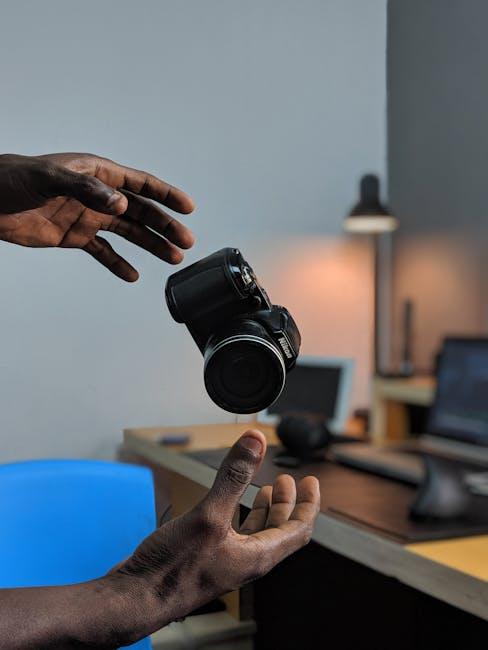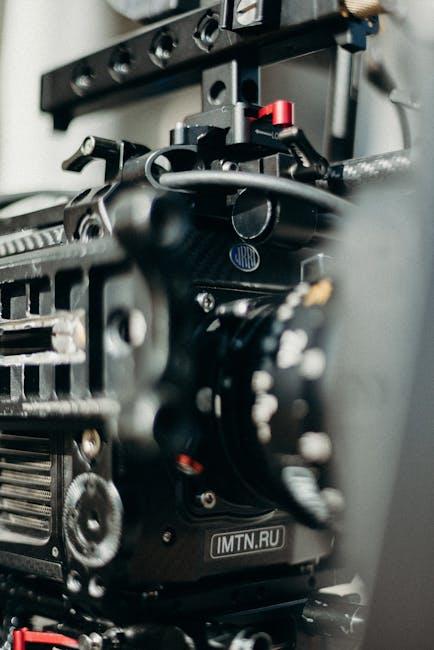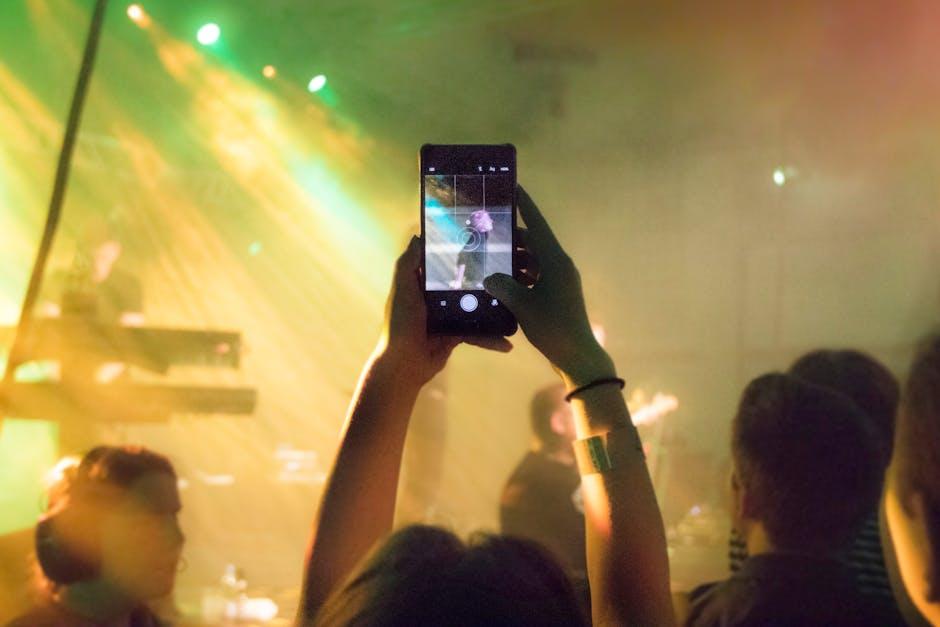In the realm of modern cinema, where imagination knows no bounds, a silent revolution is unfolding—one that blurs the lines between the digital and the tangible. Motion capture technology, once a fledgling concept, now stands at the forefront of character creation, transforming how stories are told and experienced. As pixels and performance converge, filmmakers are empowered to breathe life into fantastical creatures and complex characters with unprecedented realism. This article delves into the heart of this technological marvel, exploring how motion capture is reshaping the cinematic landscape and redefining the artistry of storytelling.
Capturing Reality: The Art and Science Behind Motion Capture
Motion capture, often abbreviated as mocap, seamlessly blends art with technology, transforming the way filmmakers bring characters to life. At its core, this technique involves recording the movement of objects or people and translating it into digital data. This data is then used to animate 3D models with uncanny realism. Actors don special suits embedded with markers that track their every move, capturing even the most subtle nuances of expression and gesture. This allows for a depth of performance that traditional animation struggles to achieve, ensuring that the emotional essence of a character is preserved and enhanced.
- Precision: High-resolution capture systems ensure every detail is recorded.
- Versatility: From mythical creatures to historical figures, mocap brings diverse characters to life.
- Efficiency: Reduces time spent on manual animation, streamlining production.
By bridging the gap between human expression and digital animation, motion capture has become an indispensable tool in the filmmaker’s arsenal. It allows for a creative freedom that was once thought impossible, enabling directors and animators to craft immersive worlds filled with lifelike characters that resonate with audiences on a profound level.

From Pixels to Performance: Transforming Actors into Digital Beings
In the realm of modern filmmaking, motion capture technology has become the linchpin for bridging the gap between human actors and their digital counterparts. This cutting-edge technology translates the nuanced performances of actors into data that animators can use to craft lifelike digital characters. By capturing every subtle gesture and facial expression, motion capture ensures that the essence of the actor’s performance is preserved, allowing for a seamless integration into fantastical worlds.
- Realism: Motion capture captures intricate details, from the flutter of an eyelash to the intensity of a gaze.
- Efficiency: Reduces the time and cost associated with traditional animation techniques.
- Flexibility: Allows for creative freedom in crafting characters that defy the constraints of physical reality.
With these advancements, directors and animators are no longer limited by the physical limitations of their actors. They can transform them into any imaginable being, while maintaining the authenticity of their performance. This fusion of technology and artistry is redefining what is possible in cinematic storytelling.

Crafting Believable Worlds: The Role of Motion Capture in Storytelling
In the intricate dance of storytelling, motion capture technology serves as a bridge between imagination and reality, transforming flat characters into living, breathing entities. By capturing the subtle nuances of human movement, this technology allows filmmakers to infuse their creations with a level of authenticity that was previously unattainable. Characters become more than mere animations; they are endowed with the complexity and depth of human experience, engaging audiences on a profound emotional level.
Key elements that motion capture enhances include:
- Expression: Facial capture technology translates the minutest of expressions, allowing characters to convey intricate emotions and thoughts.
- Authenticity: Realistic body movements ensure that characters move with a natural grace, reflecting their personalities and intentions.
- Immersion: Seamless integration of motion-captured characters into diverse environments enhances the believability of the narrative world.
As a result, filmmakers can craft worlds that are not only visually stunning but also emotionally resonant, drawing viewers into stories that linger long after the credits roll.

Enhancing Creativity: Best Practices for Utilizing Motion Capture Technology
In the dynamic world of filmmaking, motion capture technology stands as a beacon of innovation, breathing life into characters with unprecedented authenticity. By capturing the intricate nuances of human movement, filmmakers can craft characters that resonate with realism and emotional depth. Here are some best practices to maximize creativity using this groundbreaking technology:
- Embrace Collaboration: Foster a collaborative environment where animators, actors, and directors work closely. This synergy ensures that the character’s physicality aligns seamlessly with the narrative vision.
- Experiment with Performance: Encourage actors to explore and push the boundaries of their performances. Motion capture allows for experimentation, capturing subtle expressions and movements that traditional animation might miss.
- Leverage Technology: Utilize cutting-edge software and tools to refine and enhance captured data. This can transform raw movements into polished, expressive animations that captivate audiences.
By integrating these practices, filmmakers can unlock the full potential of motion capture technology, crafting characters that are not only visually stunning but also deeply engaging.

